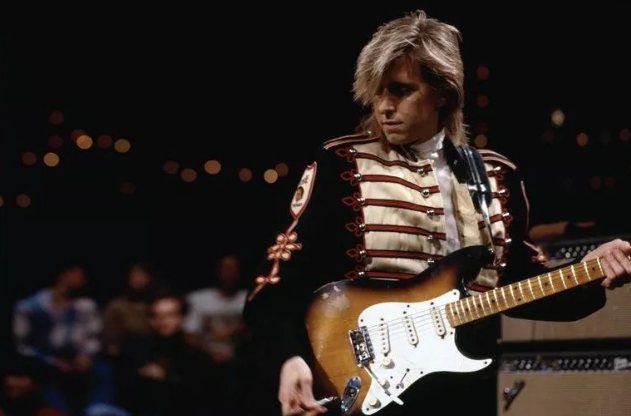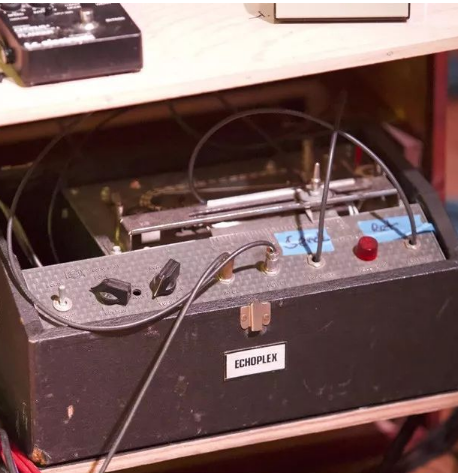
Eric Johnson’s guitar performance is the most exciting. The bright melody and tone of the singer will make the words “good” always appear directly. Coupled with his supple hair and fascinating face value, it is a princely existence. No matter what kind of picture is matched with Eric Johnson’s music, it can naturally exude a sense of nobility, so that some people watched the bandit farming background music on TV using his classic track “Manhattan”.
As a guitar master, Eric Johnson is the reason why many people pick up the guitar, and his tone is also the object of many people’s imitation. It is more enjoyable to have such a sound. Come and see the equipment that the master who has been playing for dozens of years is using today.

Eric Johnson often carries two signature Fender Stratocaster Thinlines with him, but he still uses the white Vintage most often. He only used the bridge pickup of this guitar, DiMarzio HS-2, which is the most iconic of the album “Ah Via Musicom”.

In addition, Eric Johnson is also the most popular 1954 Fender Stratocaster, the classic “Cliffs of Dover” is recorded with this guitar, the use of the neck pickup.

The redesigned Rosewood body and the Maple neck Vintage Reissue Telecaster will be used in some of the more country, bluegrass pieces.

The Two Rock Traditional Clean head makes Eric Johnson’s Crunch sound, which can be switched between 100 watts and 50 watts, with the 4×12 30-watt Celestions.

In order to have enough headroom for the unvoiced sound, Eric Johnson used a pair of 1966 Fender Twins to access a stereo Marshall cabinet. The four loudspeakers inside are responsible for two speaker box.

The lead voice Eric Johnson chose the 1969 Marshall Plexi Head , which is available in either 50-watt or 100-watt.

Eric Johnson’s effects look very old last year, with lots of dust and scratches. There are even some effects that were antiques thirty years ago, some of the effects he used during the 1990 album “Ah Via Musicom.” Such as Catalinbread Belle Epoch Tape Delay, MXR Digital Time Delay, Deluxe Memory Man, etc., and some of them are still prevalent in the market under his influence.

On the other board, there are Dallas-Arbiter Fuzzface from the 1960s, TS-808, MXR Flanger/Doubler, etc., which are used in the speaker combinations mentioned earlier.

Although the ever-changing technology has brought us numerous new and cool effects. But in the hands of the masters, these old guns are enough for them to render the notes to the extreme. Of course, in the process of pursuing the sound, the running of the technique and the equipment is more important. If you just copy someone else’s device, you can’t play the same sound completely. This is also true in the process of studying the sounds yourself. Only by constantly trying the equipment and looking for a matching playing method can you create the sound perfectly.